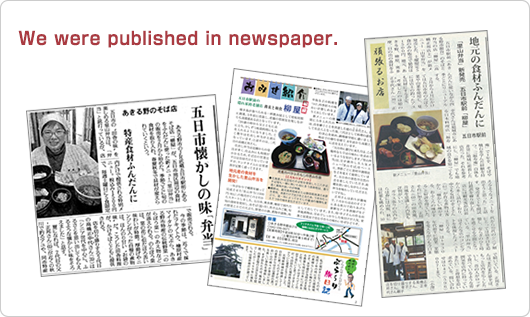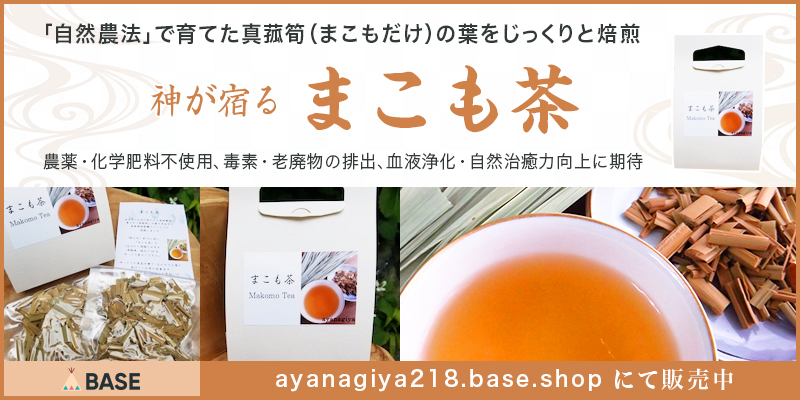We stay with the full value of quality for what our customers eat.
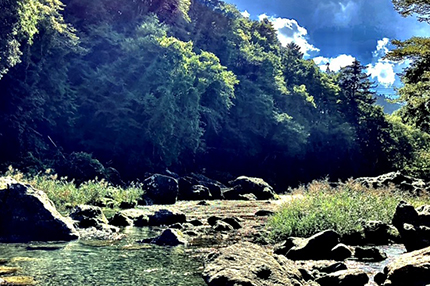 Akirunoshi is a small city located an hour from Tokyo.
Akirunoshi is a small city located an hour from Tokyo.
It is surrounded in mountains and rivers and you can experience the boon of the countryside in Tokyo for hiking and local foods,
Our restaurant Yanagiya opened in the beginning of the Showa period, and it is managed by the third generations of the owner.
We also obtain the best ingredients from different areas from local farmers which provide the best quality available during appropriate season.
Blessing from Itsukaichi Local food.
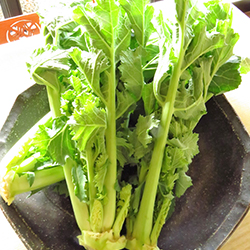
Norabona
It is a specialty farm produce since the Edo period. It has been attracting attention in recent years due to the movements to revive traditional vegetables, and is registered as an Edo Tokyo vegetable.
Characterized by its tenderness and blandness such that stems can be eaten as well. It is best consumed during the harvest season between February and April.
Can be served as a mashed tofu salad, with a sesame dressing, simply boiled, or as pickles (asazuke-style).
Pickles are especially popular due to the sweetness and good texture of norabouna.
By the way, “the Edo Tokyo vegetables” are defined as vegetables that inherit the vegetable culture of Tokyo that starts from the Edo period,
and either native species before the mid Showa era in that the majority of seeds and seedlings were self-sufficient or secured by neighboring seedling merchants; or, vegetables made based on native cultivation methods.
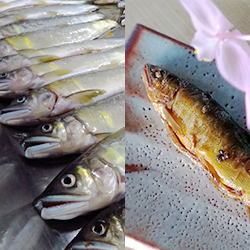
Ayu
The freshwater fish Ayu was gifted to shoguns during the Edo period.
Ayu Fishing starts in June, and Ayu fishing has been passed down for generations with the restaurant’s owner.
Grilled with salt Ayu is available only from June to August, so hurry and partake in its delicious and firm texture! Simmered Ayu is served from August.
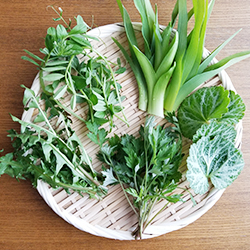
Seasonal Wild Vegetables & Plants
Our shop serves tempura, Satoyama bento and ala carte dishes using vegetables that are grown using the natural farming method in the Kosho area.
Natural farming means to grow wild vegetables and plants while nurturing the earth without the use of pesticides and chemical fertilizers.
Examples of wild vegetables and plants we have are fatsia sprouts, ostrich ferns, butterbur sprouts, and common vetch in spring, and orange daylily, aster yomena, and asiatic dayflower in summer.
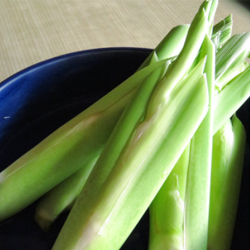
Makomodake (Machurian Wild Rice)
An edible wild rice that is harvested in the Koshou area of Itsukaichi. It is harvested during a short season from September to October. It has a soft texture, lacking bitterness, while also possessing a subtle sweetness. You can enjoy it fried as Japanese tempura or kakiage.
Quality of Our Home made buckwheat noodle.
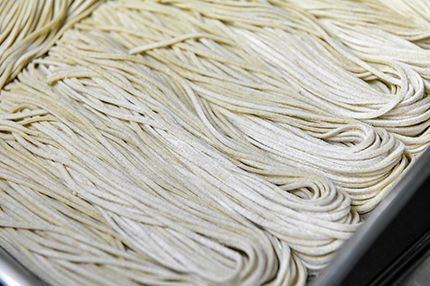 Homemade buckwheat noodles
Homemade buckwheat noodles
One on our signature dishes is this handmade buckwheat noodle.
We blend 80%buckwheat flour grown in Hokkaido, and 20% wheat flour to let you enjoy the special blend’s aroma.
This is what we use for our noodle soup.
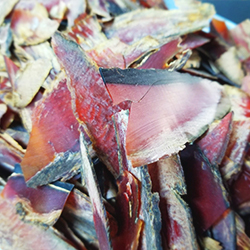
We use real bonito flakes from Makurazaki and Yaezu, famous for its bonito, while many other restaurants use mixed fish flakes.
We make two kinds of Kaeshi (base sauce for buckwheat noodle): one is Karajiru (Sauce for hot buckwheat noodles), and the other is Amajiru (sauce for hot buckwheat noodles).
We use two kinds of soy sauce from the Chiba prefecture.
We use Usuiro (light colored soysauce) for amajiru and Koikuchi (strong flavored) for Karajiru.

We proudly introduce our “Satoyama bento“
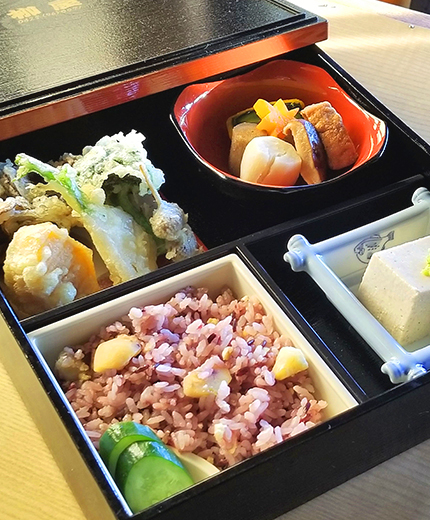
We carefully select local ingredients in Itsukaichi for Satoyama dishes (Traditional dishes)
This bento box start serving since 2014, the bento box was published in the newspaper .
We use seasonal and local ingredients for this bento so that you can enjoy Itsukaichi local foods each season.
With local sake you can totally enjoy whole Itsukaichi.
We would look forward to your visit.
